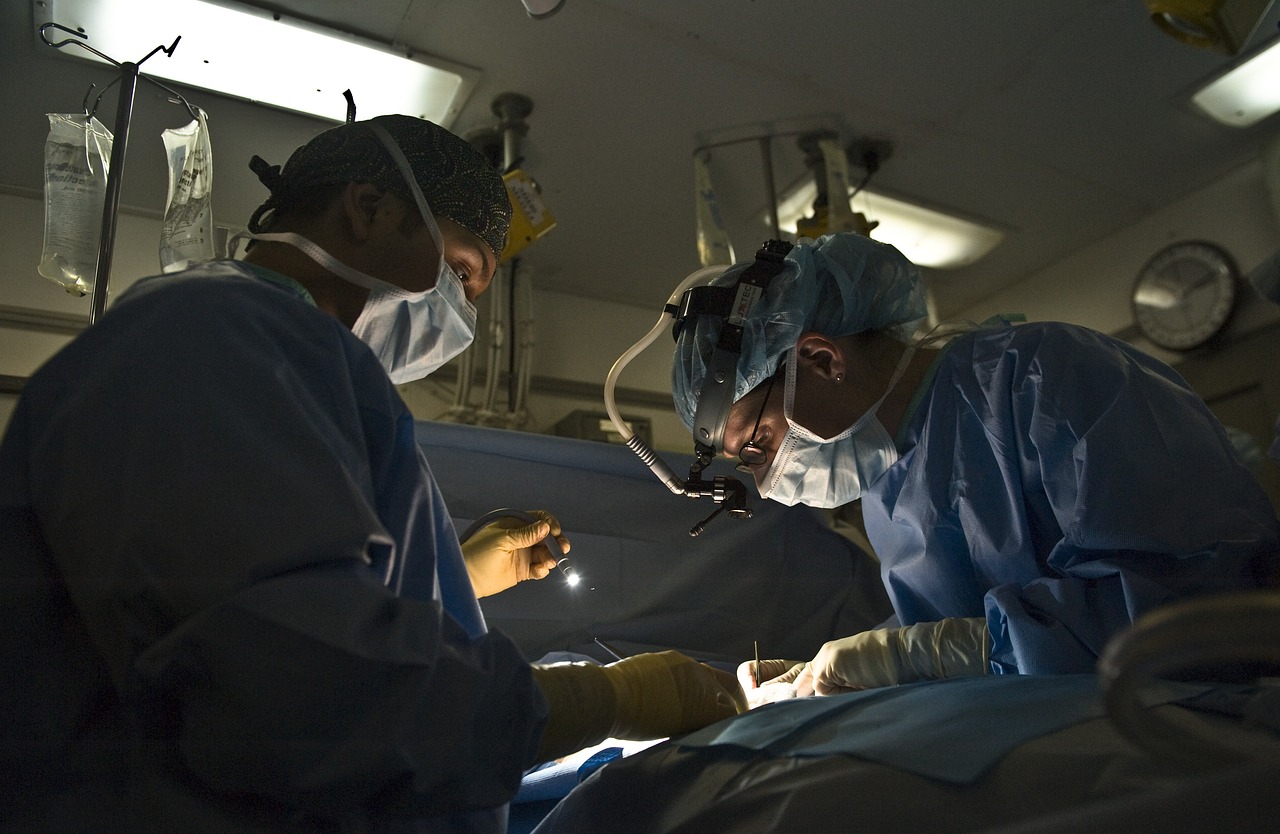Introduction
In the evolving landscape of medical technology, Robotic Surgery and traditional surgery stand as two significant approaches to surgical procedures. Both methods have their own set of advantages and challenges, making the choice between them a crucial decision for patients and healthcare providers alike. In this blog, we will explore the intricacies of robotic surgery and traditional surgery, comparing them in various aspects to determine which might be better suited for different situations.
Understanding Traditional Surgery
Traditional surgery, also known as open surgery, is the conventional method where surgeons make large incisions to access the area of interest. This approach has been the cornerstone of surgical procedures for centuries and has evolved significantly with advancements in medical science.
Key Features of Traditional Surgery
- Large Incisions: Traditional surgery involves making large cuts to provide the surgeon with direct access to the organs or tissues.
- Manual Operation: Surgeons use their hands and surgical instruments to perform the procedure.
- Visual Field: The surgeon relies on direct visual observation of the surgical area.
- Recovery Time: Due to the large incisions, recovery time is generally longer, with more significant post-operative pain.
- Risk of Infection: Larger wounds increase the risk of infections and complications.
Understanding Robotic Surgery
Robotic surgery is a minimally invasive surgical technique that utilizes robotic systems to assist surgeons in performing complex procedures with precision. This method leverages advanced technology to enhance the capabilities of the surgeon.
Key Features of Robotic Surgery
- Small Incisions: Robotic surgery involves making small incisions, reducing trauma to the body.
- Robotic Assistance: Surgeons control robotic arms equipped with surgical instruments, allowing for enhanced precision and dexterity.
- Enhanced Visualization: The robotic system provides a high-definition, 3D view of the surgical area.
- Shorter Recovery Time: Minimally invasive techniques lead to faster recovery and less post-operative pain.
- Lower Risk of Infection: Smaller incisions reduce the risk of infections and complications.
Comparing Robotic Surgery and Traditional Surgery
Precision and Control
- Robotic Surgery: Offers unparalleled precision due to the robotic arms’ ability to make minute movements. The robotic system filters out any tremors from the surgeon’s hands, providing steady and accurate movements.
- Traditional Surgery: Precision is reliant on the surgeon’s skill and steadiness of hand, which can be subject to human error and fatigue.
Visualization
- Robotic Surgery: Provides a magnified, high-definition, 3D view of the surgical field, allowing for better visualization of the anatomy and more precise dissection.
- Traditional Surgery: Surgeons rely on the natural view of the surgical area, which may not offer the same level of detail and depth perception as robotic systems.
Recovery Time and Scarring
- Robotic Surgery: Patients typically experience faster recovery times, less pain, and minimal scarring due to the smaller incisions.
- Traditional Surgery: Larger incisions mean longer recovery times, more significant post-operative pain, and more noticeable scarring.
Risk of Complications
- Robotic Surgery: Lower risk of infection and other complications due to the minimally invasive nature of the procedure.
- Traditional Surgery: Higher risk of infections and complications due to larger wounds and more extensive tissue manipulation.
Surgical Flexibility
- Robotic Surgery: Particularly advantageous for complex and delicate procedures, such as prostate surgery, cardiac surgery, and certain types of cancer surgeries.
- Traditional Surgery: May be more suitable for emergency situations where immediate access to the surgical area is crucial.
Cost Considerations
Robotic surgery often involves higher upfront costs due to the expense of the robotic systems and the need for specialized training for surgeons. However, the benefits of reduced recovery times and fewer complications can potentially offset these costs over time.
Traditional surgery, on the other hand, typically involves lower initial costs but may lead to longer hospital stays and higher costs associated with post-operative care and complications.
Surgeon and Patient Perspectives
Surgeon’s View
- Robotic Surgery: Surgeons can perform more precise and less physically demanding procedures, potentially leading to better outcomes and reduced surgeon fatigue.
- Traditional Surgery: Surgeons rely heavily on their manual dexterity and experience, which can be advantageous in certain straightforward procedures.
Patient’s View
- Robotic Surgery: Patients often prefer robotic surgery due to the promise of quicker recovery, less pain, and minimal scarring.
- Traditional Surgery: Some patients may opt for traditional surgery based on the surgeon’s recommendation or personal preference for tried-and-tested methods.
Conclusion: Which is Better?
The decision between robotic surgery and traditional surgery depends on various factors, including the specific medical condition, the surgeon’s expertise, and the patient’s overall health and preferences. Both approaches have their merits, and in many cases, the choice will be guided by the nature of the surgery and the desired outcomes.
Robotic surgery Trends offer advanced precision, reduced recovery times, and lower risk of complications, making it an excellent choice for many complex procedures. However, traditional surgery remains a vital option, especially in situations requiring immediate access and for certain types of operations where the benefits of robotic assistance may not be as pronounced.
Ultimately, consulting with a qualified surgeon who can provide personalised advice based on the individual’s medical needs is crucial. Whether opting for robotic surgery or traditional surgery, the primary goal is always to ensure the best possible outcome for the patient.
For more information and to consult with top surgeons, visit DocTrePat for expert guidance and support in making informed decisions about your surgical options.

